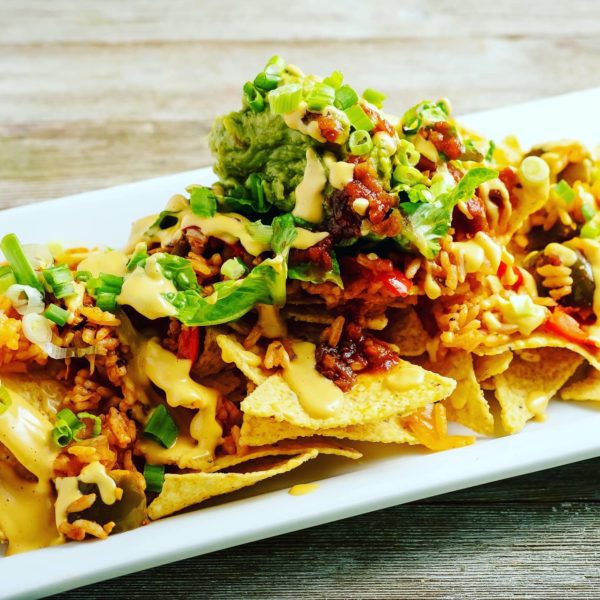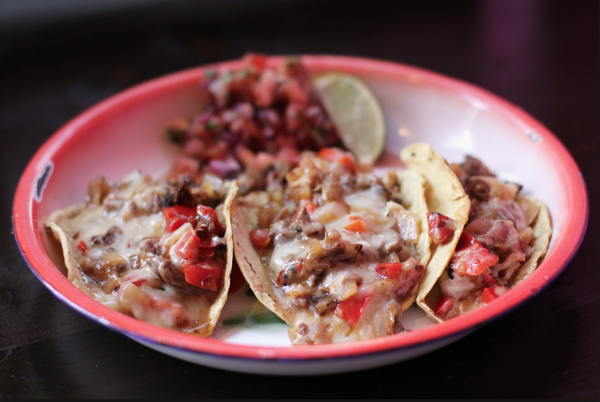
How To Find An Authentic Bowl Of Gumbo In The South
The answer is okra. Article over. Although I hope you’ll continue reading as we unpack what exactly okra has to do with the authenticity of enjoying a bowl of gumbo. To further our understanding, we have to look at the crop’s origins in this country. That answer lies, or rather grows, thousands of miles away from the United States in the fertile soils of West Africa.
Okra was harvested by natives in North and West Africa. But the gooey fruit was craftily exported to the US – with a lot of other things – during the African diaspora. Some historians suggest slaves used their hair to smuggle okra seeds from their homeland. Louisiana’s fertile soil made for an optimal environment to farm the crop, so that’s what West African slaves did. Okras incorporation into southern cooking evolved over time becoming a culinary staple in its own right.
What’s In Gumbo?
That being said, most people don’t eat okra without it undergoing some form of heat induced transformation. The slimy internal texture makes raw consumption unpleasant but things change when tossed into a broth. Okra’s sauce thickens things, a requirement for a bowl of authentic gumbo. In fact, if you order gumbo off a menu and it doesn’t have okra, you’re likely being taken advantage of and you should reconsider your entree. Okra derives from the West African word for gumbo so you can’t have the latter without the former.
Gumbo comes in variations of chicken, shrimp, crab, tomatoes, rice, sausage, celery, spices, seasoning and … okra. You can remove any ingredient but the okra and dish will still be gumbo. As one New Orleans native puts it, “Gumbo without okra is just soup. You gotta have the okra.”
Other Ways To Eat Okra
Gumbo is popular throughout the south but particularly in Louisiana. You’ll find as many restaurants and mom and pop diners serving gumbo as you will Po Boys. And you’ll find okra served as an appetizing corn meal-breaded fried delight at fast food spots or as a pickled snack in bars.
Eric has revolved in and out of passport controls for over 20 years. From his first archaeological field school in Belize to rural villages in Ethiopia and Buddhist temples in Laos, Eric has come smile to smile with all walks of life. A writer, photographer and entrepreneur, the LA native believes the power of connectivity and community is enriched through travel.





